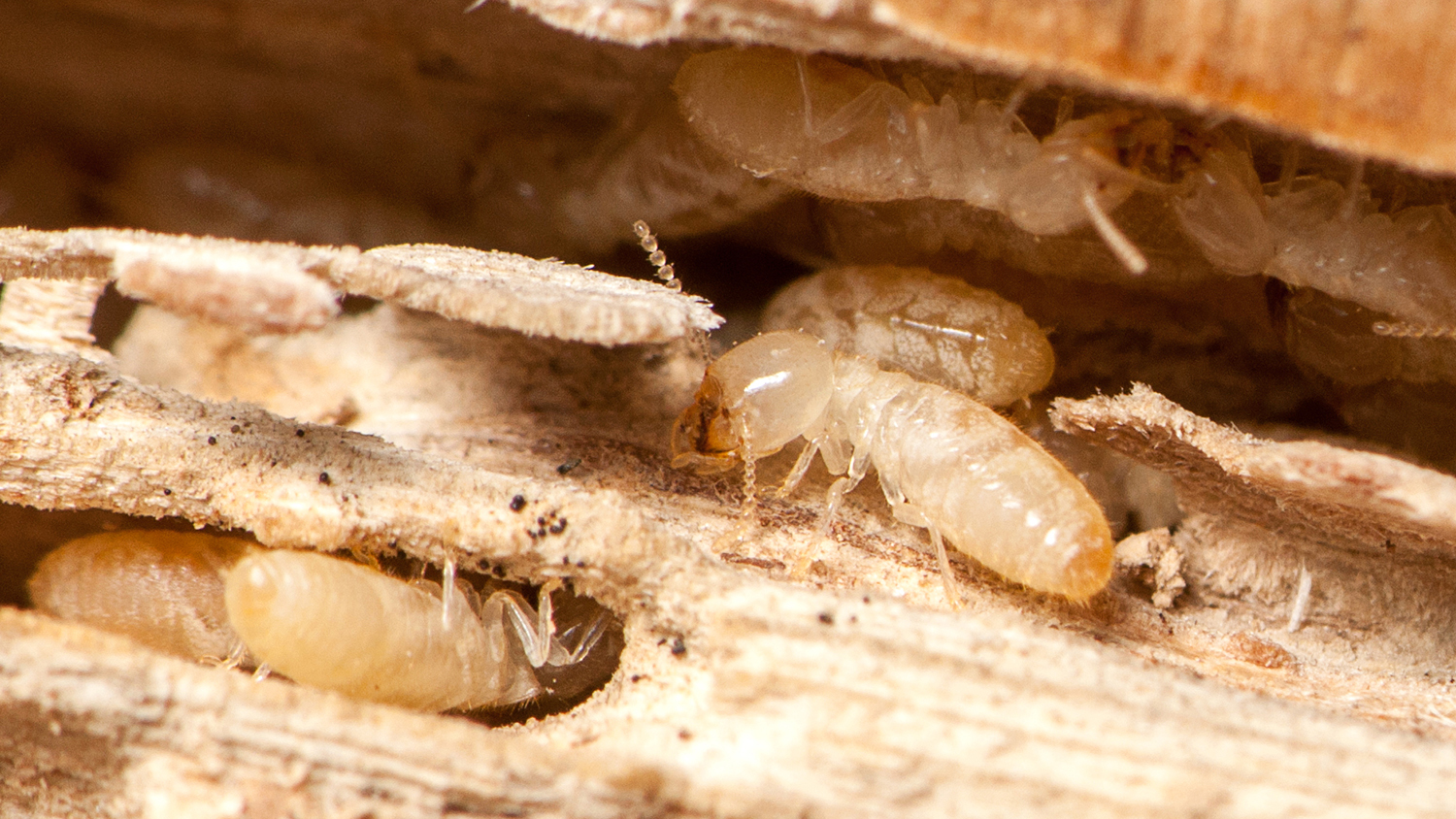Do Insects Fart? (They Sure Do!)

Do bugs* fart? You bet. Some insects do, anyway. In fact, some of them pass an enormous amount of gas.
When people talk about farts, they are normally referring to flatus, which is defined as gas that is produced in the intestines and released from the anus. This raises three questions.
First, do insects have anuses? Yes!
Second, do insects have intestines? Yes. In insects, we usually call it the “gut,” but it does more or less the same things in insects that intestines do in humans.
Third, does the gas an insect produces come out of its anus? Probably.
“Based on the scientific literature, it’s hard to determine whether digestive gas comes out of an insect’s anus,” says Elsa Youngsteadt, an entomologist and assistant professor of applied ecology at NC State. “Some journal articles note that gases produced as a byproduct of digestion are absorbed into an insect’s hemolymph – its blood – and then released through its spiracles.” (Spiracles are holes in an insect’s exoskeleton that allow it to breathe and otherwise exchange gases with its environment.)
“That said, you’ve got to think some of those digestive gases come out of an insect’s anus,” Youngsteadt says. “Particularly since most of the methane produced during insect digestion is produced in the hindgut, which is the section of the gut closest to the anus. The gas doesn’t have far to go.”
Some indirect evidence of insect farts can be found in amber, which is fossilized tree resin. Sometimes, when insects were trapped in this tree sap, they became preserved when that sap turned into amber. Amazingly, gas bubbles have been preserved issuing from the anuses of insects in amber and are likely evidence of gas-producing gut microbes. Ancient bug farts, preserved for the ages.
Can You Hear Bug Farts?
Probably not.
“I’ve heard the sound of insects eating,” Youngsteadt says. “And I’ve heard the sound of insects pooping – you can hear the frass, or insect poop, hitting the ground. But I’ve never heard one fart, or even seen a reference to such a thing.”
Do Bug Farts Stink?
Again, probably not.
“The most common gases in insect farts are hydrogen and methane, which are odorless,” Youngsteadt says. “Some insects may produce gases that would stink, but there wouldn’t be much to smell, given the tiny volumes of gas that we’re talking about.”
Do All Bugs Fart?
Nope. Or, at least, not as far as we know.
A 1994 study in the Proceedings of the National Academy of Sciences evaluated 113 arthropod species – including 93 insect species – to see if they produced digestive gas. The researchers were specifically looking for hydrogen and methane. The researchers found that only 45 species produced any measurable amount of gas.
However, the other arthropod species could have produced different gases, such as carbon dioxide, so the full diversity of flatulent insects is still unknown.
Why Do Bugs Fart?
As with humans, the microbial life living in an insect’s gut (also called its “gut microbiome”) is responsible for digestive gas production.
In other words, it’s not only what an insect eats that causes gas, but which gut microbes are breaking that food down.
“For example, termites are the most famously farty insects,” Youngsteadt says. “But termite species that eat wood or soil or fungus all pass gas. Cockroaches, which are closely related to termites and have similar gut microbes, also fart a lot – though they fart more on high fiber diets.
“But there are some beetle larvae that live and feed in rotting wood, and that aren’t known to produce gas, or at least not methane.” [Note: Other notable farters include scarab beetles and millipedes, though millipedes aren’t insects.]
“There’s also significant variation in gas production even within a species,” Youngsteadt says. “For example, within a single species of termite, some colonies produce more methane than others. That is likely due to differences in the gut microbiome of each colony.”
Two Amazing Bug Fart Facts
We know so much about termite toots because they produce a lot of methane – an estimated 12,130,000 U.S. tons of methane each year. That’s enough to make them a significant contributor to greenhouse gas emissions (though they still lag behind flatulent cows).
Lastly, we couldn’t write about bug farts without mentioning the famously fatal farts of the beaded lacewing (Lomamyia latipennis). A 1981 study reported that the larvae of this species live in termite nests and use, well, farts, to stun termites. Basically, they use farts to disable their prey. Unfortunately, it’s not clear if this is some form of chemical secretion they produce specifically to hunt, or if their silent-but-deadly weapon is actually just a gassy byproduct of their digestion. In other words, it’s not clear if it’s a true fart.
Someday, perhaps, science will get to the bottom of this mystery.
*Note: We know that true bugs are only those insects that belong to the order Hemiptera. That said, it’s not unusual for people to use the term “bug” to refer to any insect, or even any type of arthropod. So, we apologize to the scientists. We just wanted to make sure that people who are curious about bug farts can find their way to this explanation.
- Categories:


